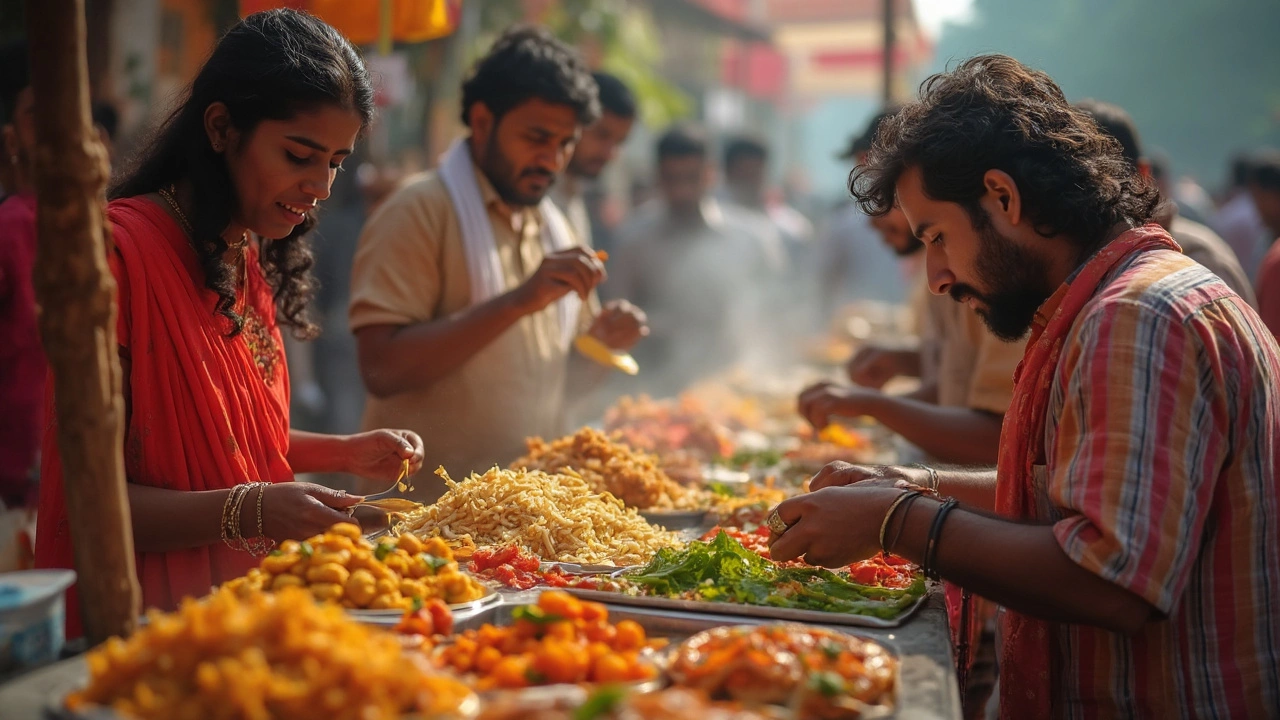SEARCH
What Not to Eat in India: Practical Food Safety Tips for Travelers
India dazzles you with spices, colors, and aromas, but not every bite is safe for a first‑time visitor. A few careless choices can ruin your trip with an upset stomach or worse. Below are the most common food pitfalls and how to dodge them without missing out on the amazing flavors.
Avoid Street Snacks That Lack Clean Preparation
Street vendors sell delicious treats, but the hygiene standards vary wildly. Skip anything that looks like it’s been sitting out for hours, especially:
- Raw salads or chopped fruit without a squeeze of fresh lemon.
- Pani puri water that isn’t kept in a sealed container.
- Fried snacks such as samosas or pakoras if the oil looks dark and reused.
If you do want street food, watch the vendor’s hand‑washing routine, ask for hot, freshly cooked items, and prefer places with a steady flow of customers – that’s a good sign of turnover and cleanliness.
Watch Out for Dairy and Egg Dishes Served at Room Temperature
Indian cuisine loves yogurt, paneer, and egg preparations, but they can become breeding grounds for bacteria if left out. Be cautious with:
- Raita or curd that’s been sitting on the side of a buffet for a long time.
- Paneer tikka that’s served cold rather than hot from the grill.
- Egg curries that look dull and aren’t bubbling when they reach your table.
Ask the kitchen to heat these items or choose dishes that are served piping hot. Freshly boiled eggs or a hot bowl of dal are safer bets.
Besides the obvious offenders, keep an eye on a few more subtle risks:
- Tap water – always opt for bottled, sealed water or boiled water for drinks and ice.
- Unpasteurized juices or smoothies made with raw mango or tamarind; they often use unfiltered water.
- Seafood in coastal towns if it isn’t clearly sourced from the day’s catch and cooked thoroughly.
When in doubt, ask locals or hotel staff which eateries are recommended for clean meals. Many hotels provide a “safe‑eating” menu that marks dishes prepared under stricter hygiene rules.
Finally, a few simple habits can protect you even when you’re adventurous:
- Carry a small bottle of hand sanitizer and use it before eating.
- Bring travel‑size probiotics to help your gut adjust.
- Stay hydrated with bottled water and avoid sharing drinks.
By steering clear of high‑risk foods and following these quick checks, you’ll enjoy India’s culinary wonders without the unwanted side effects. Eat smart, stay healthy, and let the flavors of the subcontinent be the highlight of your journey.

What Not to Eat in India: Your North India Survival Guide
Worried about getting sick while tasting your way through North India? This guide cuts through the confusion, listing exactly what foods and drinks to avoid if you want to dodge stomach troubles on your trip. Learn practical tips, why certain foods are risky, and what you should look for before digging in. Save yourself the hassle and eat with confidence in Delhi, Agra, Jaipur, and beyond. Stay healthy and enjoy the real flavors of India, without any nasty surprises.
Continue reading